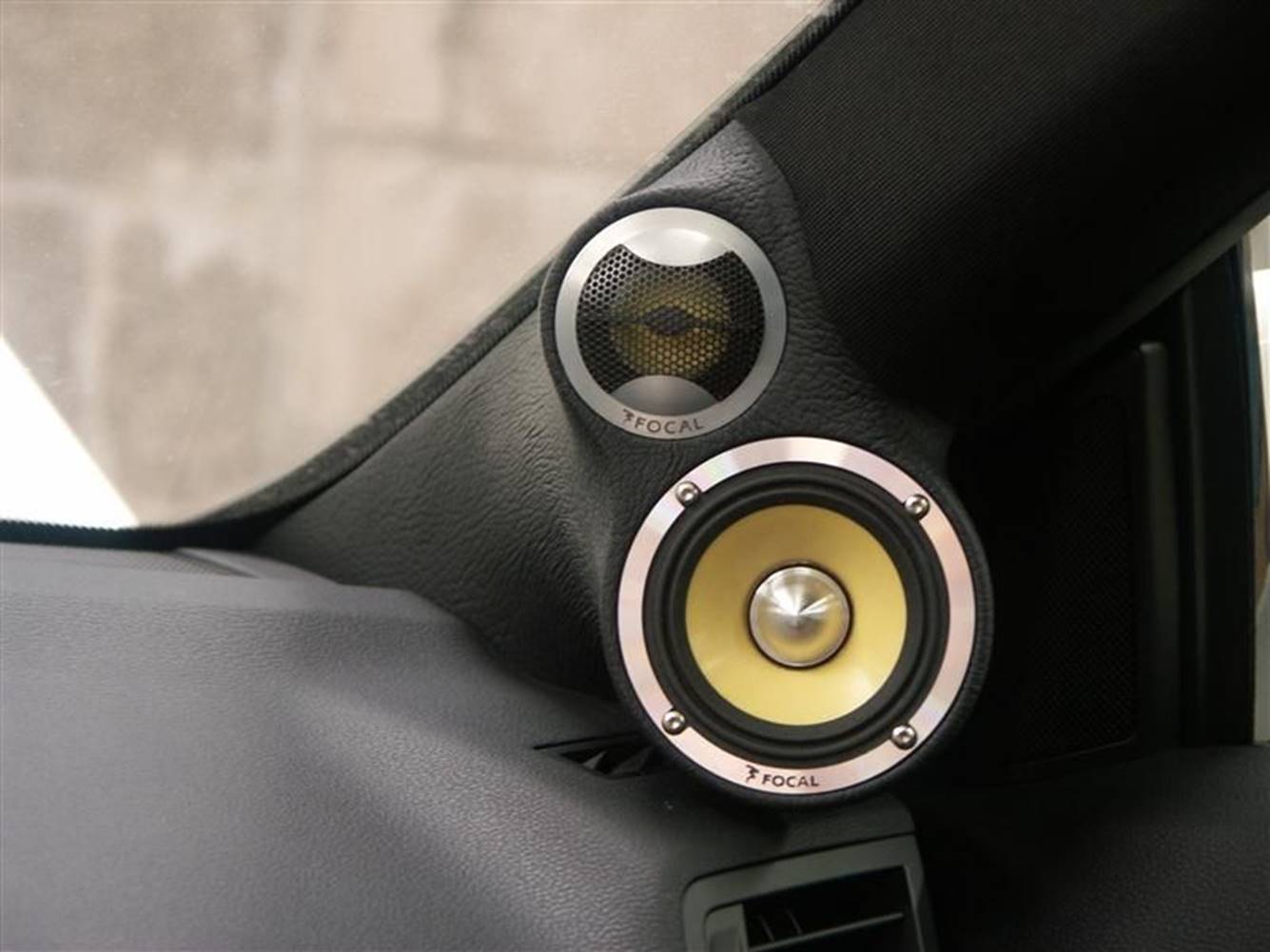Table of Content
If you have an ear infection or even suspect you have a perforated eardrum, see your doctor before performing any at-home remedies. You can simply pour the solution into your ear from the bowl if you don't have an applicator on-hand. However, if you do have one around, it can make the process a little tidier and easier.Use a large plastic syringe with a plastic tip, a rubber bulb syringe, or even an eyedropper. You may be more likely to develop excess wax if you use hearing aids or earplugs. Older adults and people with developmental disabilities are also at higher risk.
This wax becomes harder to remove and can put more pressure on the eardrum, increasing the risk of perforation. Another type of infection is “Otitis Media” which is inflammation in the middle ear. Ear infections are the most common complications of this ear wax removal method.
What other ways can earwax be removed?
Using a soft cloth and some lukewarm water, gently dab and wipe the outside of your ear to remove any wax buildup. Make sure that the water temperature isn’t too hot, as you can burn your ear canal. You may also choose to irrigate your ears using a syringe.
Hold the nozzle inside the ear canal and GENTLY squirt the water from the bulb syringe into the ear. You can gently quirt more bulb syringes into the ear if required. However, they noted that certain softener drops were effective.
Most read in Health
Tests show that wax may boast antibacterial and antifungal qualities that aid even more with this cleanup act. Bulb syringes can usually be purchased from pharmacies. Stacy Sampson, DO Answers represent the opinions of our medical experts. All content is strictly informational and should not be considered medical advice.
When soften, a metal hand-held syringe is used to irrigation the skin after treatment. Ear syringing has been linked to a variety of adverse reactions. Complications such as tinnitus, ear drum contusion, otitis externa, damage to the external canal, pain, deafness, and vertigo can all occur. A trained ear irrigation provider must be fully prepared to do so.
A pharmacist can help with earwax build-up
Using the controlled pressurized flow of water, the ear wax build-up is gently removed from the patient’s ear. While using cotton buds to clean your ears is common, it can cause more damage to your ears and, subsequently, your hearing. This is because you can end up pushing the earwax further into your ear, which can cause it to become impacted and may cause infections or other issues. When it comes to cleaning your ears at home, there are several different methods and a huge range of misconceptions. Following the wrong advice can permanently damage your hearing, so it’s important that you’re taking proper care if you do decide to clean your ears at home.

Some alternatives include autoinjectors, jet injectors, and needle-free injectors. Each of these has its own advantages and disadvantages that should be considered before use. You try to remove earwax at home with drops and it doesn't work. Use an eyedropper to apply a few drops of the oil into your ear canal. Here are the best ways to remove earwax at home, what not to try and when you should see a professional . Luba has certifications in Pediatric Advanced Life Support , Emergency Medicine, Advanced Cardiac Life Support , Team Building, and Critical Care Nursing.
The needle should be inserted 45 degrees into the ear canal with the tip of the needle facing the eardrum. After you’ve pulled the plunger back, press it hard again. The tip should be positioned until it reaches the eardrum and releases water.
Kits for over-the-counter HIV testing are now available from pharmacies. These products contain a wax softener, which you can use for three to four days to remove wax from your ear canals, and a small bulb syringe to aid in the removal of wax. To soften the wax after a day or two, use a rubber-bulb syringe to gently squirt warm water into your ear canal.
They may also have concerns about a person carrying out ear irrigation at home. There are a few different ways that you can massage ear wax out. One way is to use a cotton swab to softly massage the ear wax out.

Cleaning your ears without cotton buds is simple - all you have to do is dampen a washcloth and gently use your finger to clean around the curves of your outer ear. Remember, you should never insert your finger or any foreign objects into the ear canal itself, as you can risk damaging it. They work by softening the wax over a period of hours to days. It’s often prescribed for two weeks for maximal effect. The drops may be enough to clear obstruction as the ear canal skin will assist in pushing out the wax over time. With mild cases of wax buildup, you can take steps to help address the problem at home, but if you clean your ears incorrectly you can cause permanent and irreversible damage.
Some kits have a spray bottle with a longer tube and tip at the end, while others have a syringe with a needleless catheter-like tip on the end. The kit may also include a basin, disposable tips, a towel, and softening drops. Although a person can make an ear irrigation kit to use at home, it may be safest to buy and use a kit from a store or online.



No comments:
Post a Comment